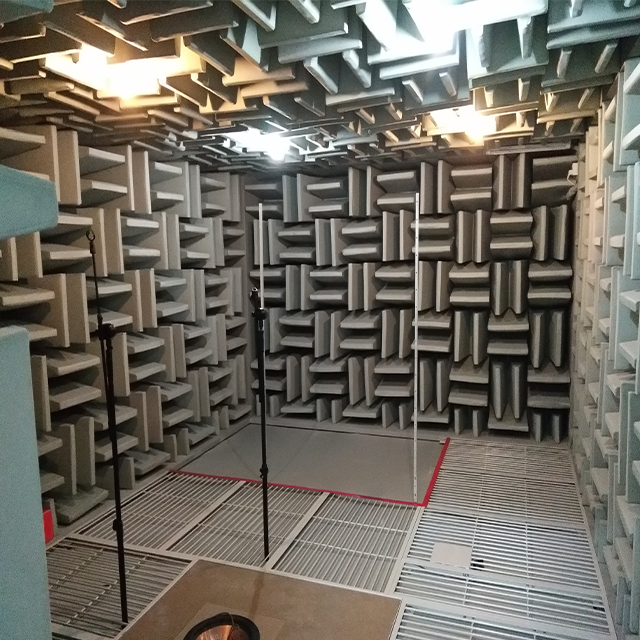An anechoic chamber, also known as a soundless room or silent room, is a specially designed room that is designed to absorb sound and reduce the reflection of sound waves, thereby creating an environment with little interference from external noise. **The main purpose of an anechoic chamber is to conduct acoustic testing and research**, such as testing the noise level of electronic equipment or studying the propagation characteristics of sound in a specific environment.
In theory, an anechoic chamber can greatly reduce the impact of external noise on the internal environment, allowing people to hear very faint sounds. However, in practice, **anechoic chambers cannot enable you to hear sounds that you cannot normally hear, such as heartbeats**. This is because heartbeats are physiological sounds in the body. Normally, these sounds are absorbed by the body surface and other tissues and are not transmitted to the ears in an obvious way.
To hear the heartbeat, it is usually necessary to use certain medical devices, such as stethoscopes or heart monitors. These devices enable us to hear the heartbeat by capturing and amplifying the vibrations or electrical signals generated by the heartbeat.
In summary, an anechoic chamber is a special environment used to reduce sound reflections and external noise interference. Although it can provide an extremely quiet space, **it does not enable individuals to naturally hear the sound of their own heartbeats**. To hear the heartbeat, special medical equipment is also needed. Therefore, the function of the anechoic chamber and the need to hear the physiological sounds in the body are two different concepts.

